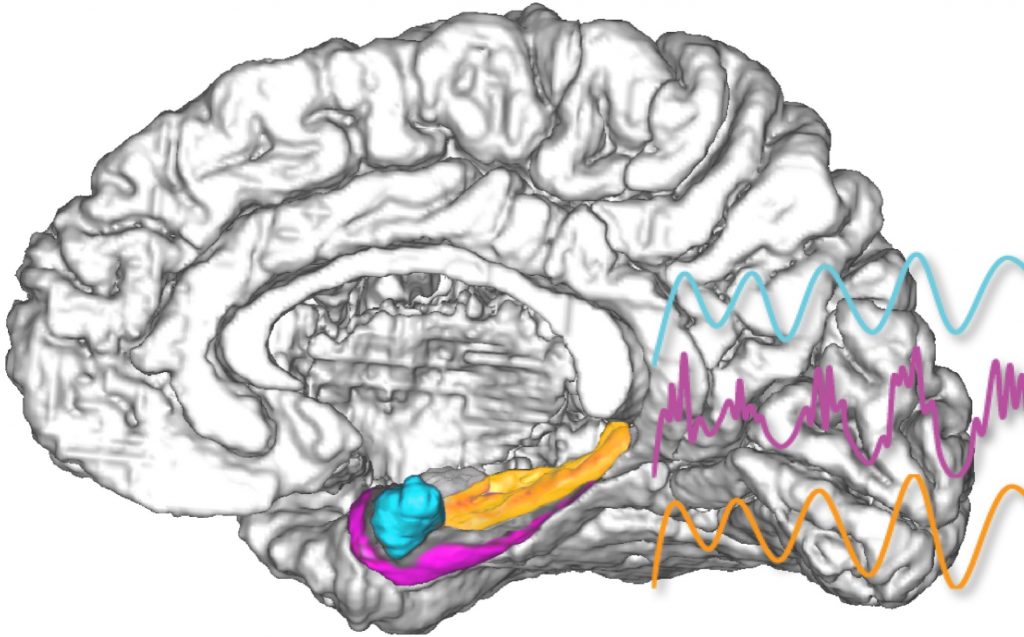The findings are the first example of electrical brain stimulation in humans giving an event-specific boost to memory lasting until the next day, the scientists say.
Amygdala is responsible for regulation of memory and emotional behavior. If electrically stimulated, can enhance photographic memory till next day when immediately applied after images are viewed, neuroscientists have found. Now, the reader here must be interested in acquiring this technology as soon as it avails in the market, you know why? So, that they can use it in exams.
This experiment is in process of publication and conducted on 14 epilepsy patients undergoing intracranial monitoring, an invasive procedure for the diagnosis of seizure origin, during which electrodes are introduced into the brain.
“We were able to tag specific memories to be better remembered later,” says co-first author Cory Inman, Ph.D., a postdoctoral fellow in the Department of Neurosurgery. “One day, this could be incorporated into a device aimed at helping patients with severe memory impairments, like those with traumatic brain injuries or mild cognitive impairment associated with various neurodegenerative diseases. However, right now, this is more of a scientific finding that a therapeutic one.”

“We see this as a platform for the further study of memory enhancement,” says senior author Jon T. Willie, MD, Ph.D., assistant professor of neurosurgery and neurology at Emory University School of Medicine. “The time specificity enables a lot of other experiments, since we know that there’s not a carry-over effect from one image to the next.”
Deep brain stimulation (DBS), with current delivered continuously by an implanted device, is an established clinical method for the treatment of movement disorders such as Parkinson’s disease, and is being tested for psychiatric conditions such as depression. In contrast with DBS’s invasiveness, researchers elsewhere have experimented with non-invasive electrical stimulation as an approach for enhancing memory or cognition, with several rounds of stimulation applied while learning.
The amygdala’s key roles in emotional responses and fear-associated learning have been well-studied. So the Emory scientists made sure that amygdala stimulation at low levels of current (0.5 milliamps) did not result in emotional responses, an elevated heart rate, or other signs of arousal. Study participants reported that they did not notice the stimulation at any point in the study.
“We chose the amygdala because of decades of research in rodents, showing that it interacts with several other memory structures in a modulatory role,” says co-first author Joseph Manns, Ph.D., associate professor of psychology. “We wanted to stimulate its endogenous function, which we think is to signal salience — something standing out — so that specific experiences are remembered in the future.”
“The average was like having a ‘B’-level memory performance move up to an ‘A’,” Willie says.
The researchers were also able to see signs of the previous day’s stimulation, in terms of electrical interactions within the brain, when those images were viewed again. The Emory team is now fine-tuning amygdala stimulation parameters, so that memory enhancement might be optimized. They are beginning to look at other types of memory tests, such as spatial or verbal tasks, as well as tasks that more closely mimic memory for real-world events.
“We want to understand the brain’s endogenous mechanisms for memory modulation better before moving ahead with a device,” Manns says.
